mind maps
Are you struggling to change a bad habit? How can behaviour change be achieved at societal level? – and why Behavioural Spillover matters in all of this.
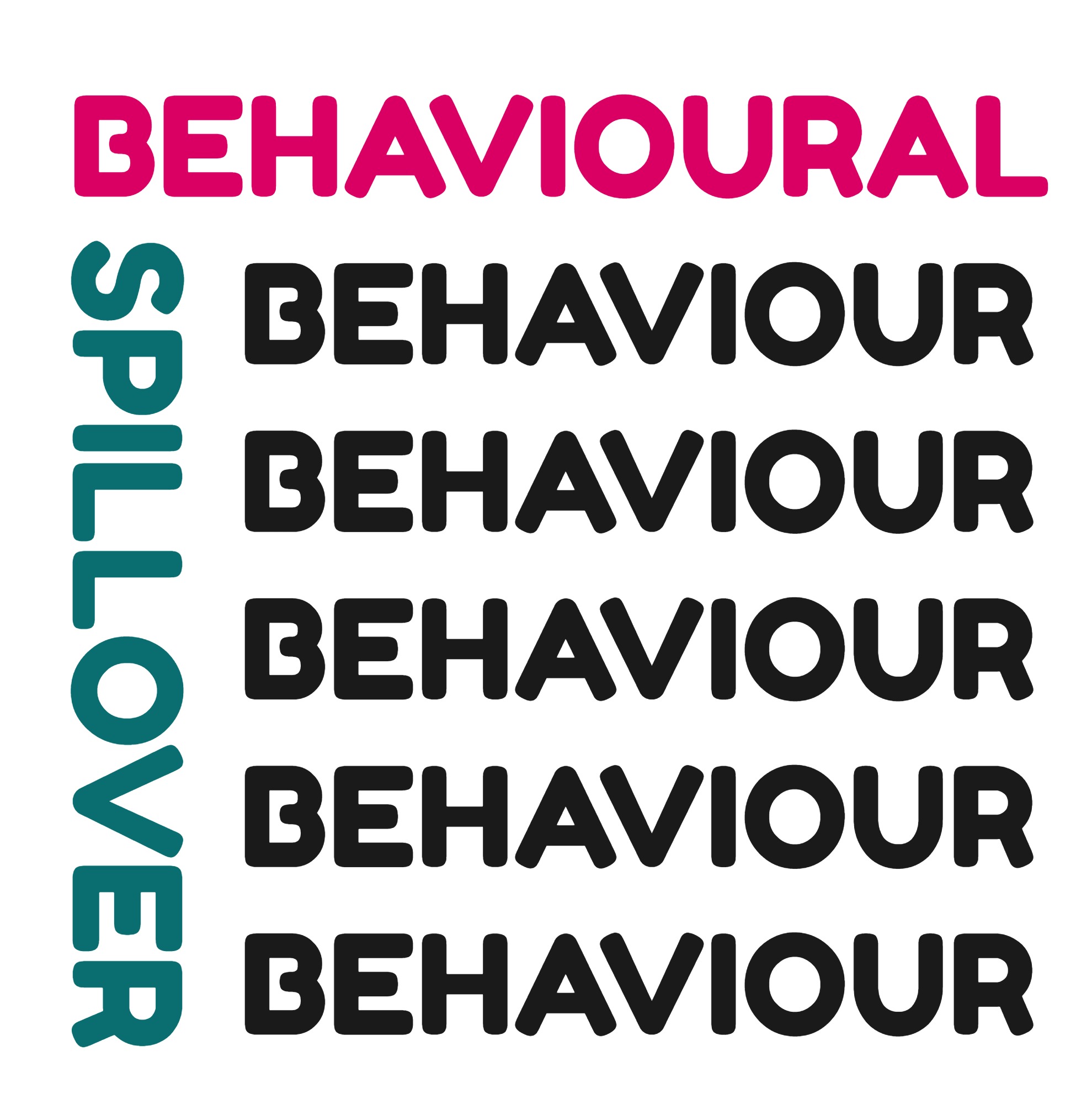
0 Introduction
You want people to adopt a green behaviour? Let’s say reduce and avoid single-use plastics.
➜ So, how would you go about this?
A. use an environmental appeal: a campaign on plastic pollution in the ocean
B. a nudge: increasing availability of biodegradable and reusable alternatives
C. an economic incentive: a tax or charge on single-use plastic, or
D. a regulatory policy: a ban on single-use plastic ?
Now, what if your chosen intervention spilled over to other behaviours?
Would the effect on those behaviours be POSITIVE: promote environmental protection as people adopt more green behaviours?
Or would it be NEGATIVE: weaken or offset the initial effort, if people do less so?
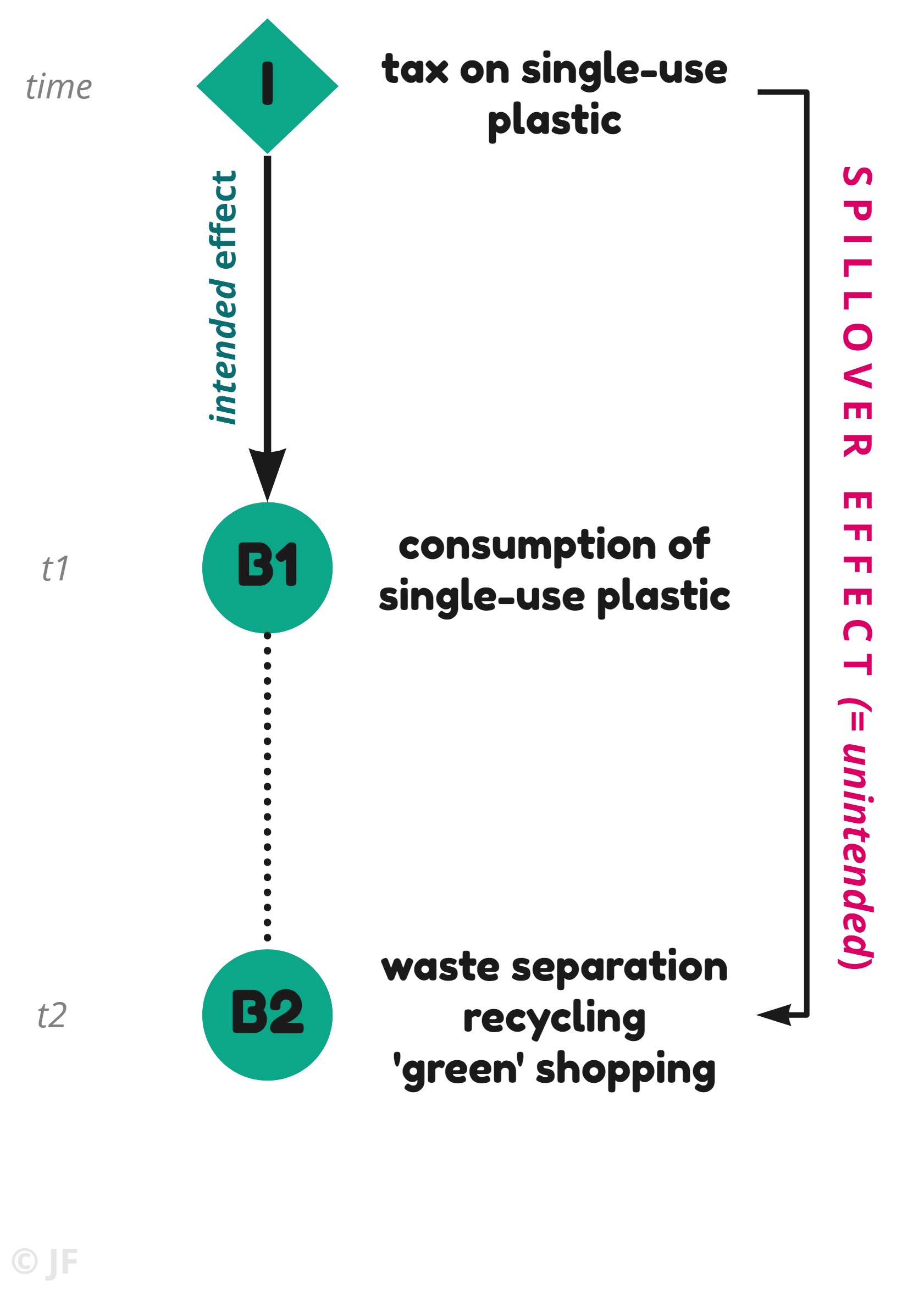
1 What is behavioural spillover and when does it occur?
Behavioural spillover occurs when:
a) adopting one behaviour makes you adopt additional, related behaviours, or put differently: when a change in Behaviour 1 (the target of an intervention) leads to an unintended change in Behaviour 2 (not targeted by the intervention)
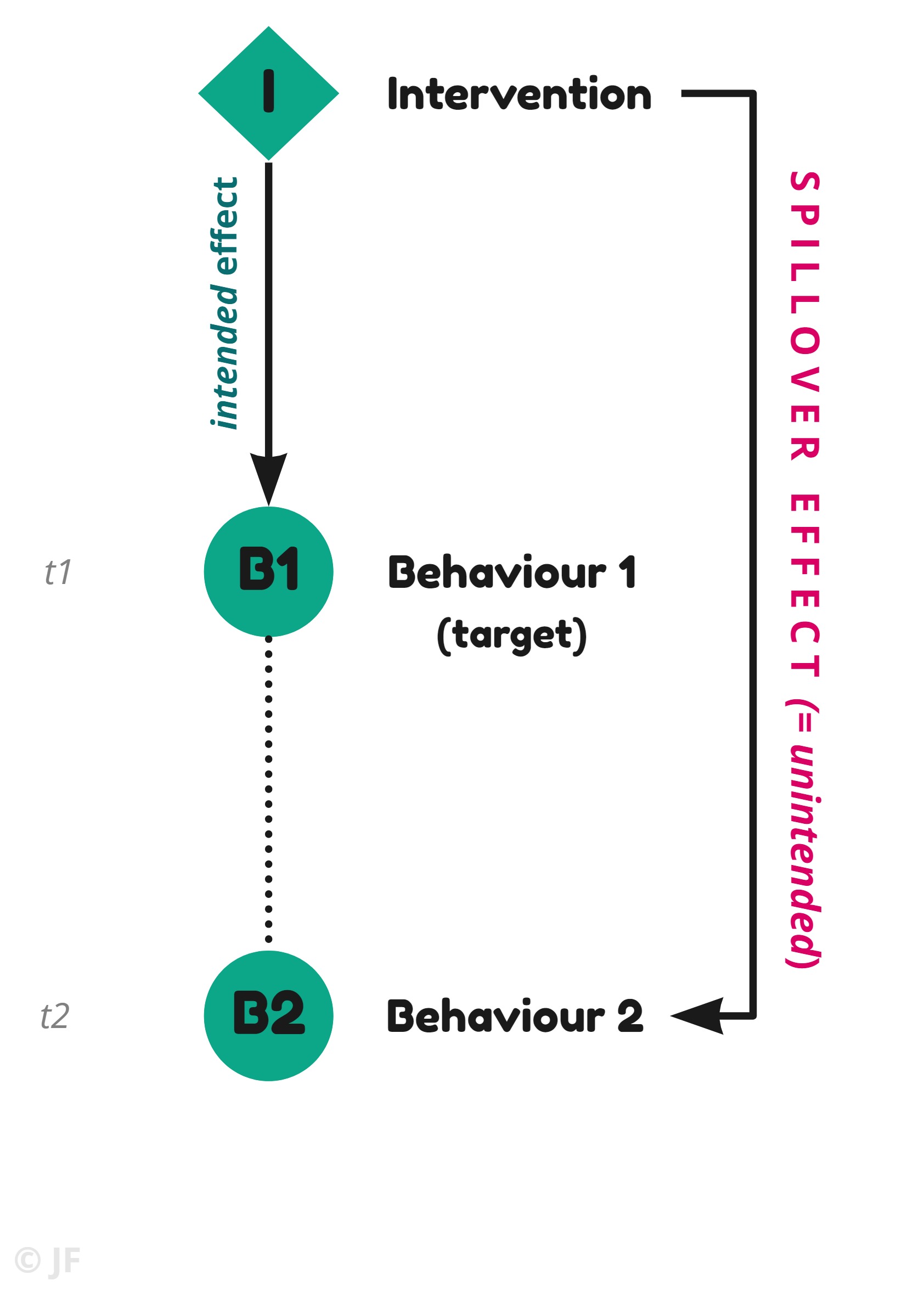

e) B1 and B2 are related via an underlying motive.
The motive can be an overarching goal or a deep preference you have, a long term goal or a basic value. You may not necessarily always be consciously aware of the motive that drives your actions.

Each behaviour is either (+) positive, i.e. consistent with that motive or (-) negative, i.e. inconsistent with it.
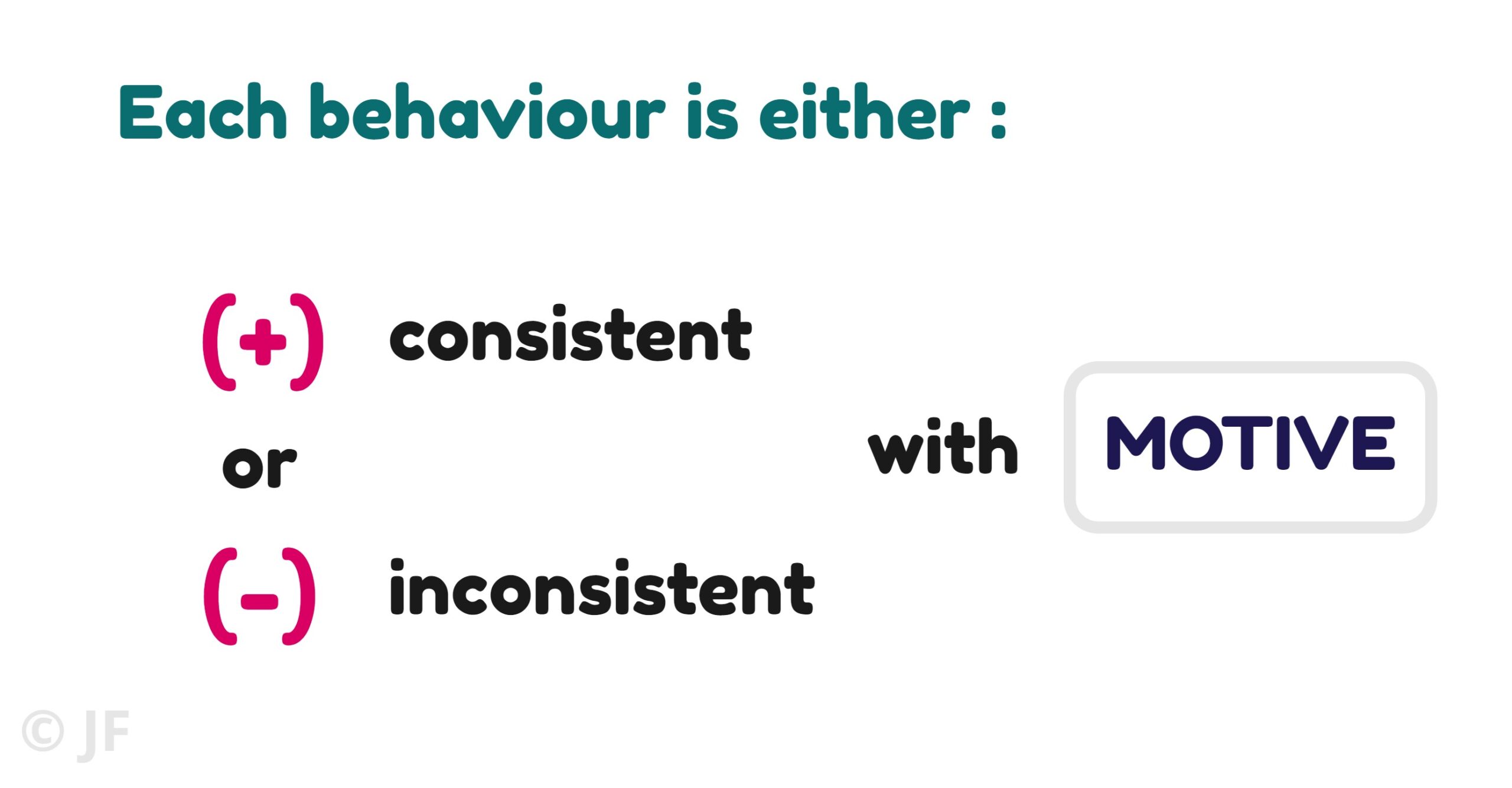
A behavioural sequence is a combination of positive and/or negative individual behaviours.
What types of spillover can occur from one behaviour to the next?
2 Types of spillover
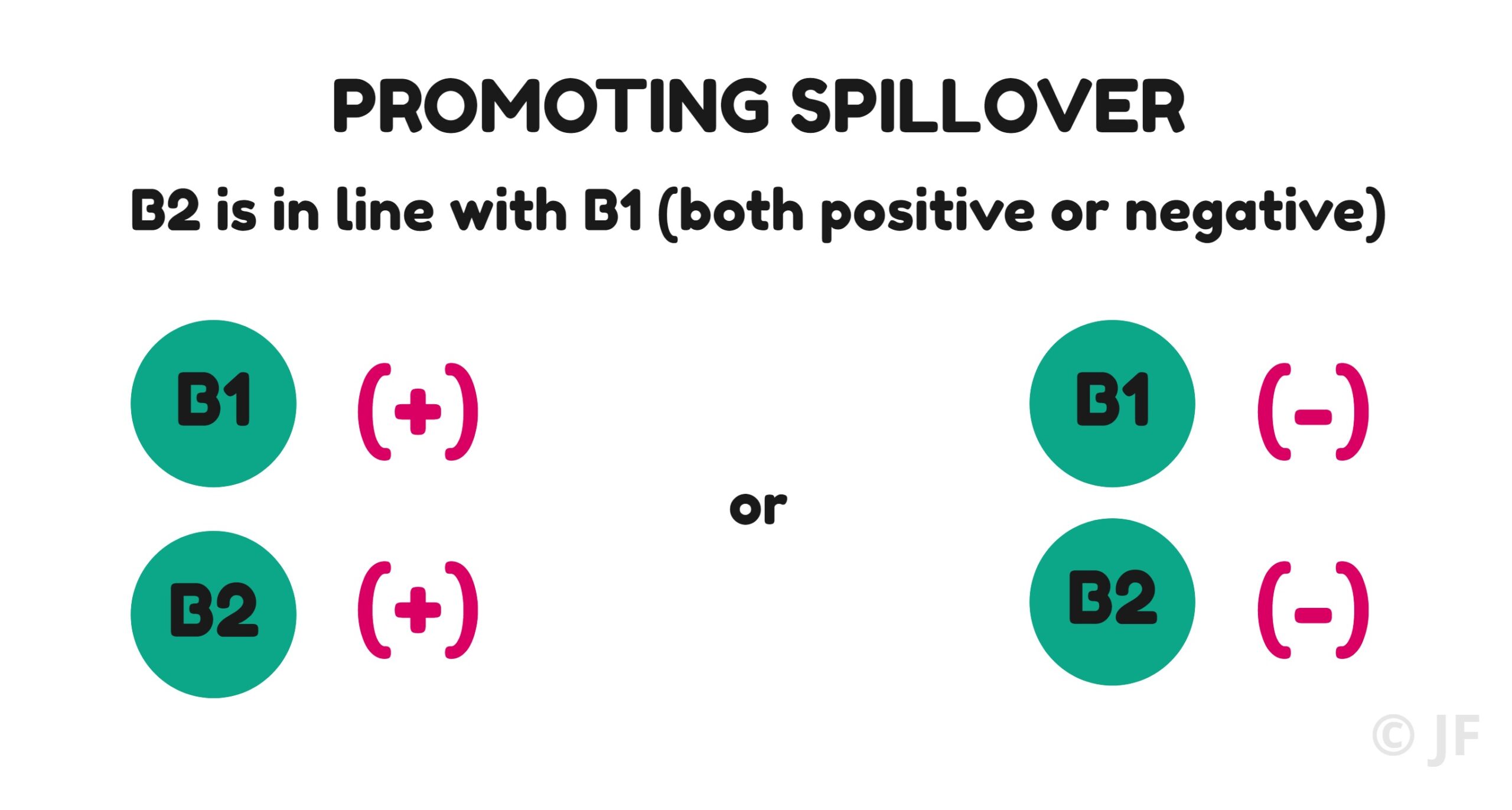
Both behaviours work in the same direction and are consistent with the underlying motive. If you adopt a positive behaviour first, the following behaviour promotes this effect. If you adopt a negative behaviour, the following behaviour exacerbates the negative effect.
Promoting spillovers can be explained by a preference for consistency: a change in Behaviour 1 changes how you see yourself and you want to act consistently with that self-image later on.
Another explanatory mechanism is self-efficacy or empowerment: doing well in Behaviour 1 increases confidence and perceived efficacy of action, which motivates you to change Behaviour 2 in the same direction.
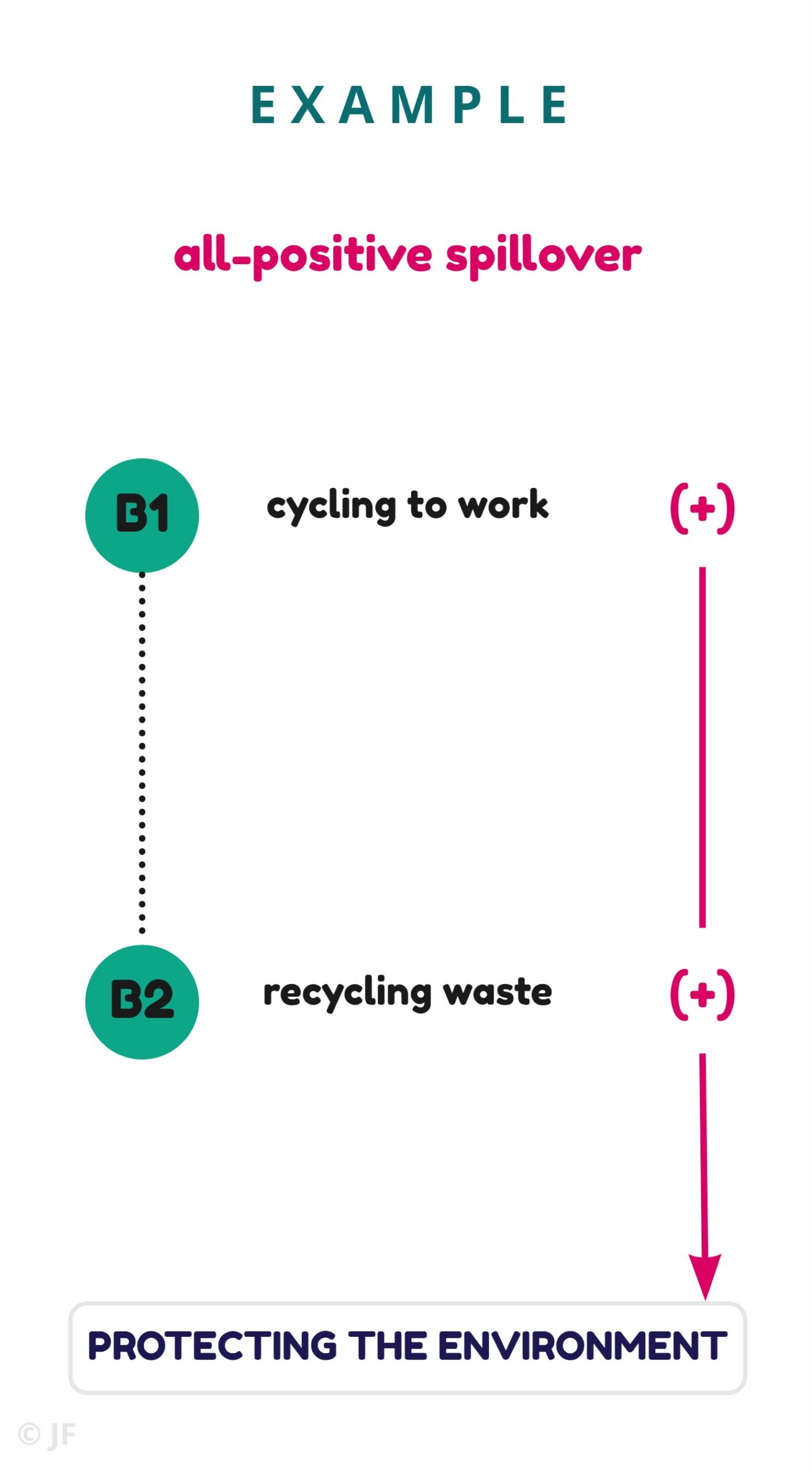
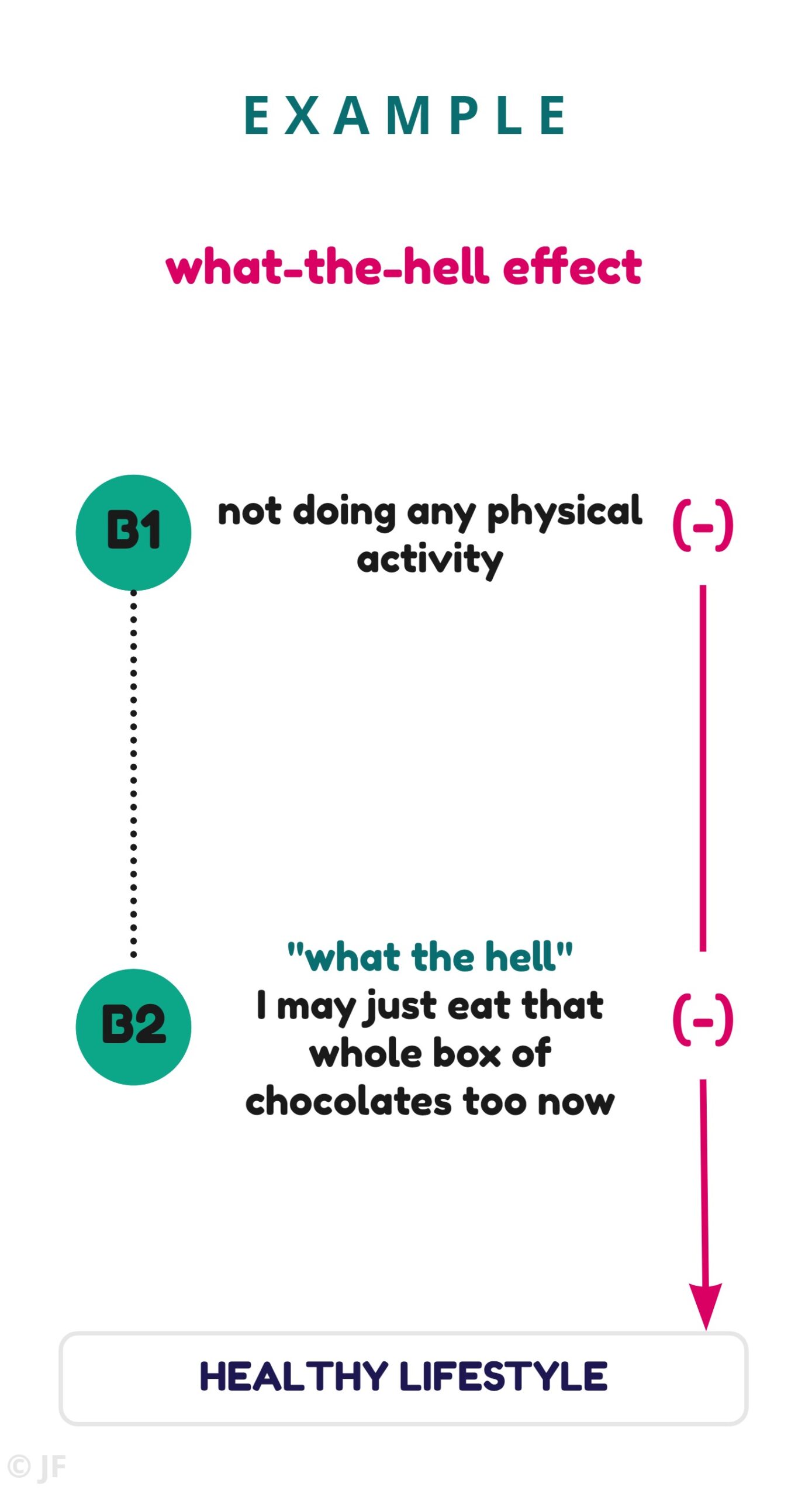
Note: The “what-the-hell effect” is an example of all-negative spillover, where after behaving in a way that is inconsistent with a motive or goal (eg. losing weight), you engage in another “excessive” behaviour that is even more inconsistent with this motive and magnifies the negative effect, – instead of going for the middle-ground (eating just one or two pieces of chocolate).
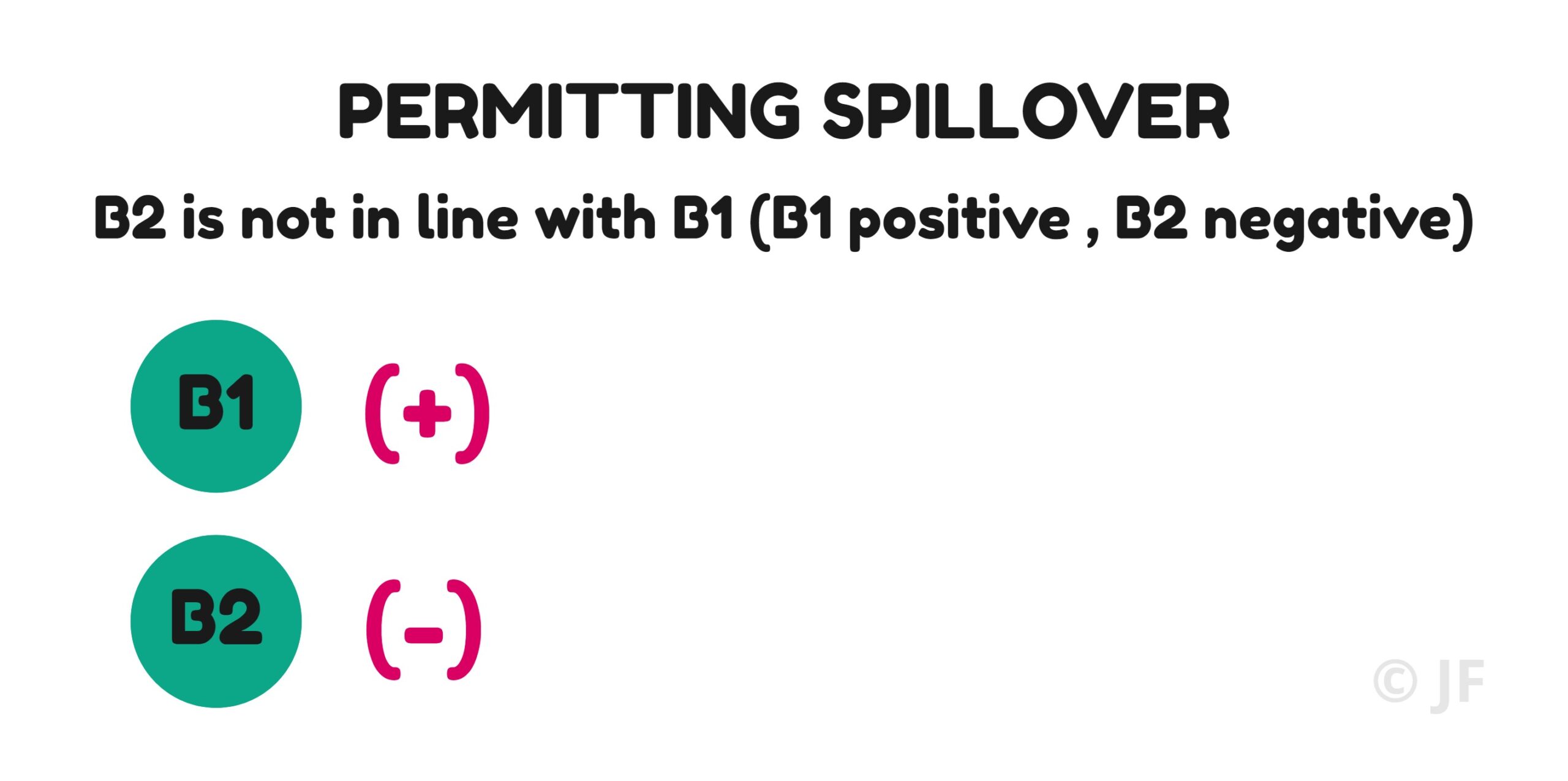
You first engage in a behaviour that is consistent with your motive and looks like a ‘good deed’ to you. You then act as if you therefore earned the right to do something ‘less good’ or ‘bad’ after, i.e. an action that pushes back against your initial motive.
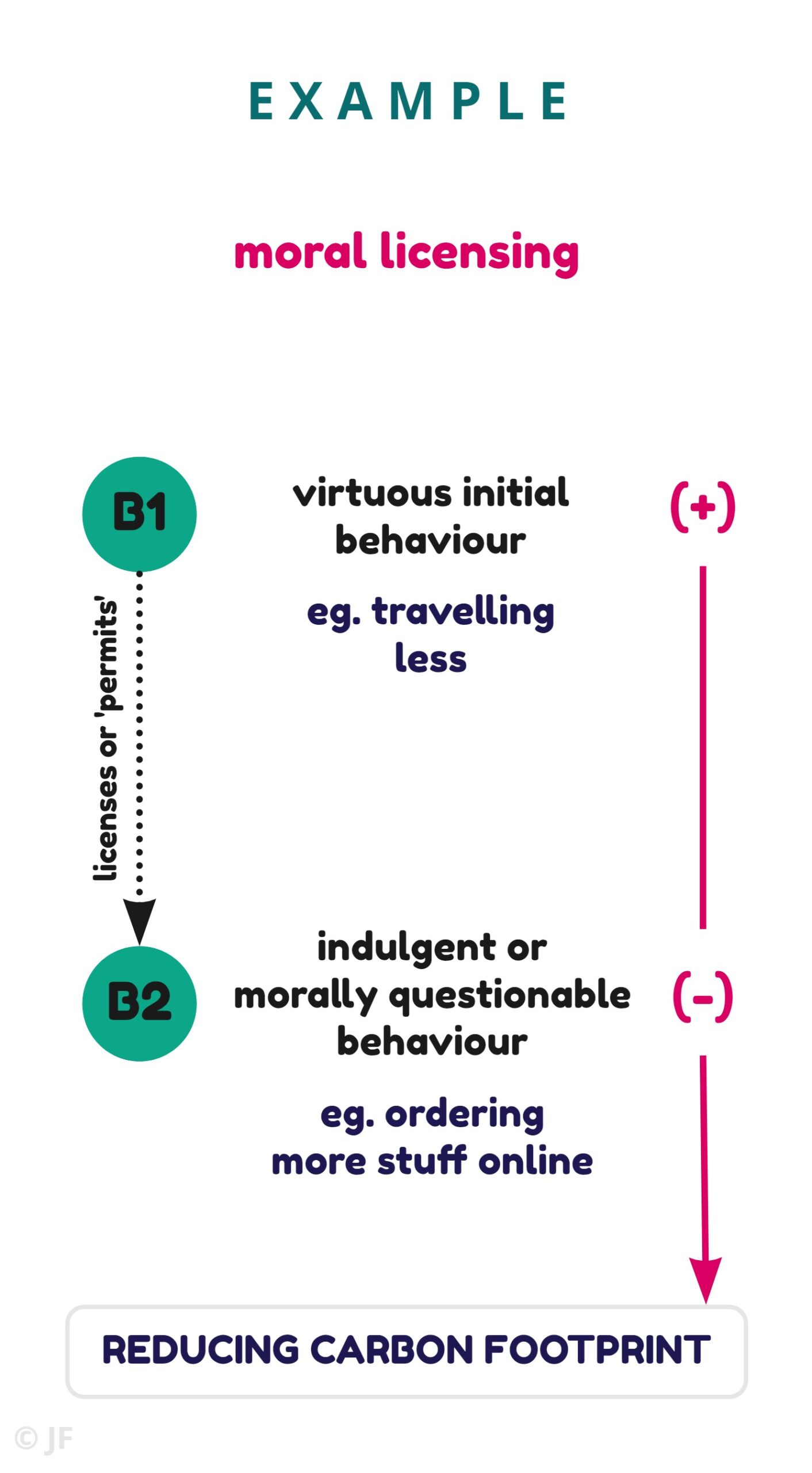
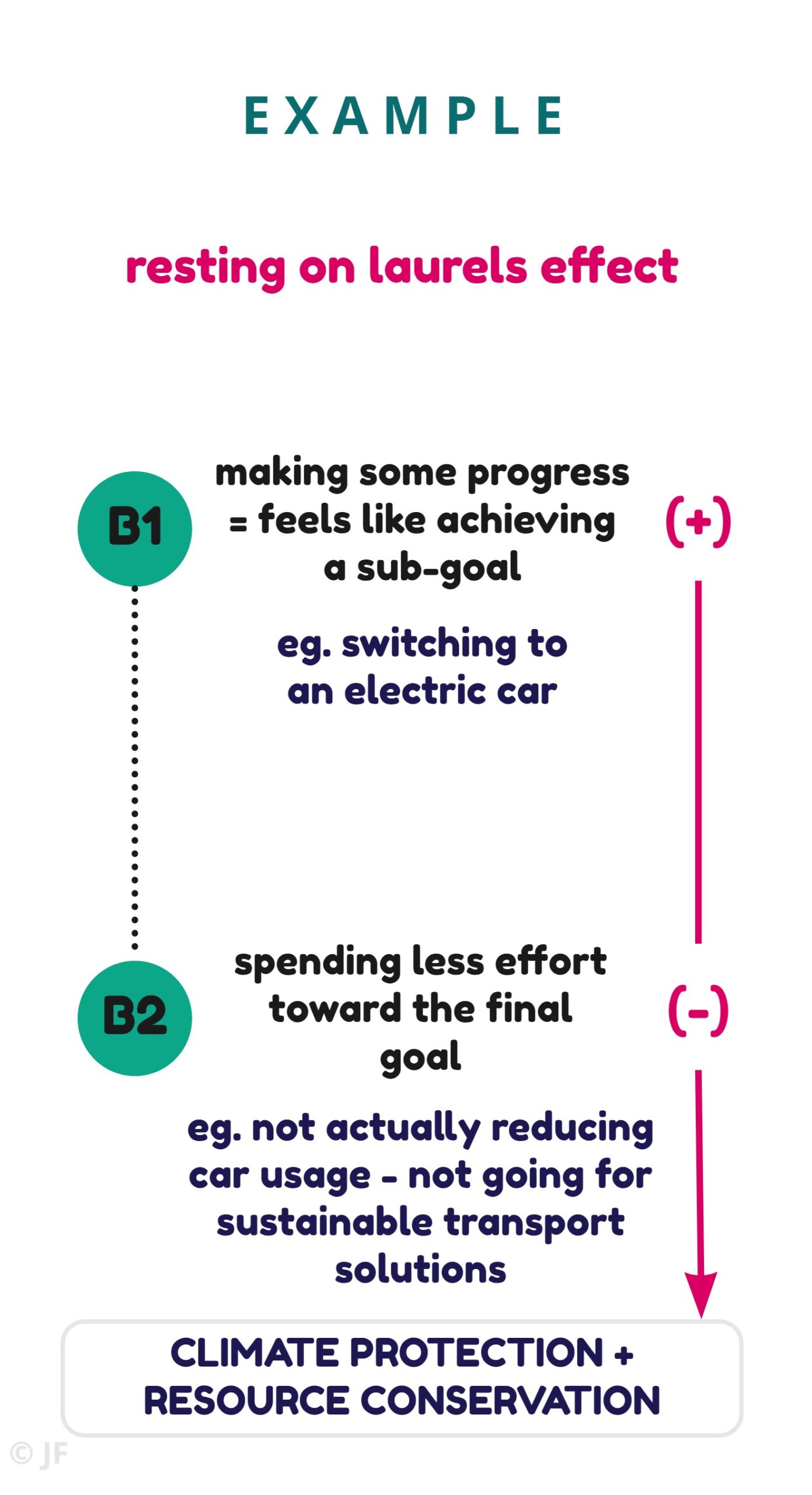
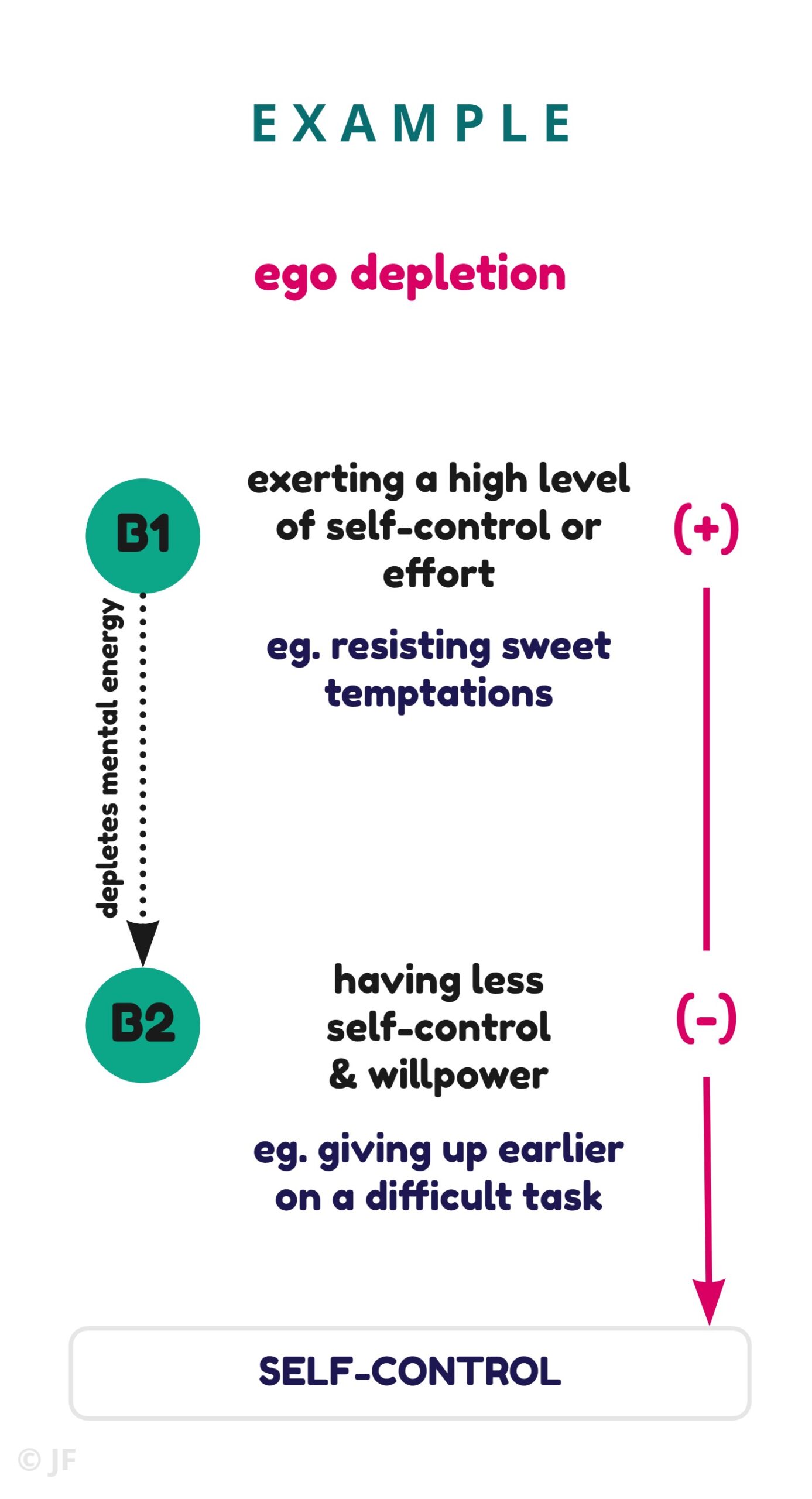
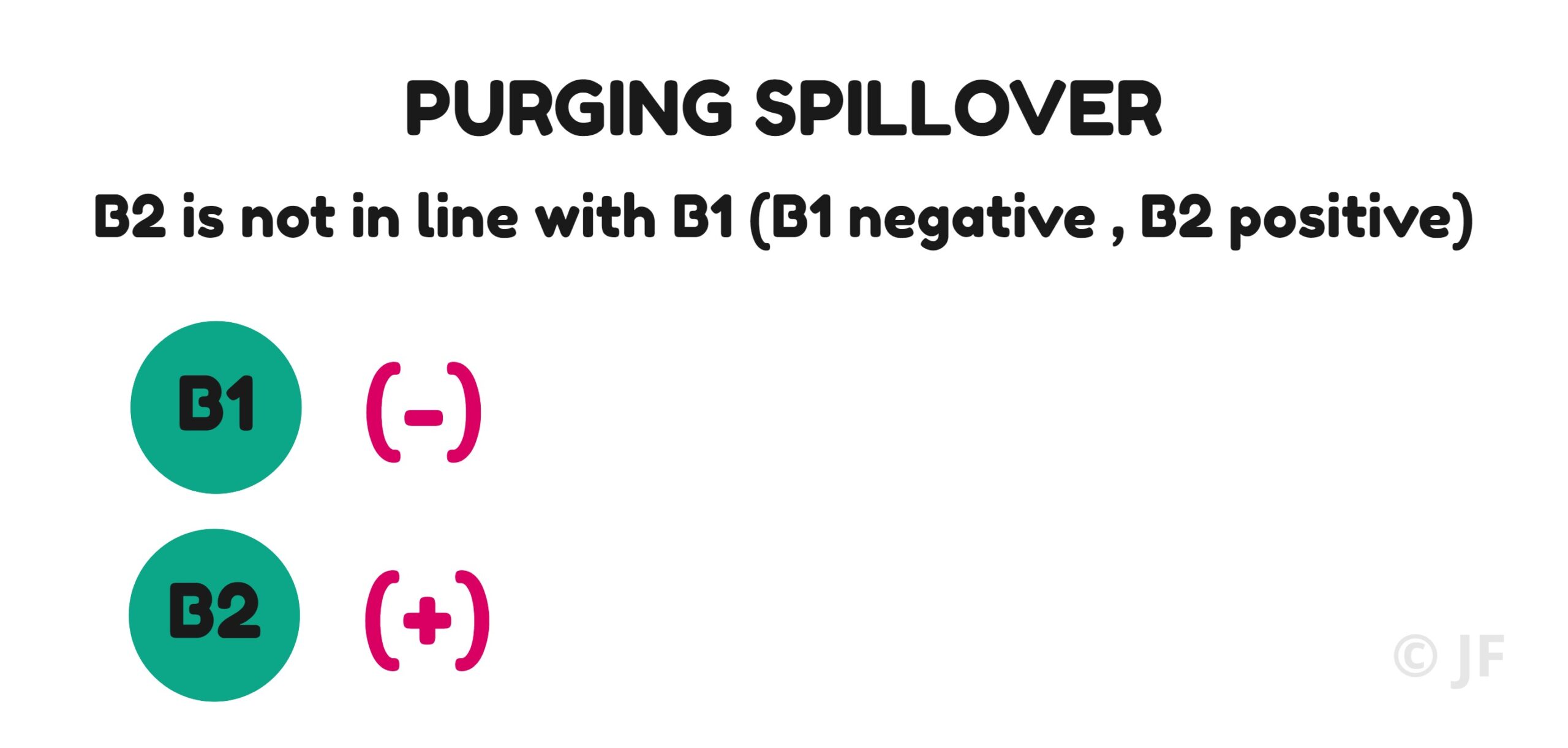
You first engage in a ‘bad’ behaviour that is inconsistent with your motive. You then act as if you had to restore your integrity with a ‘good’ behaviour that is again consistent with the motive.
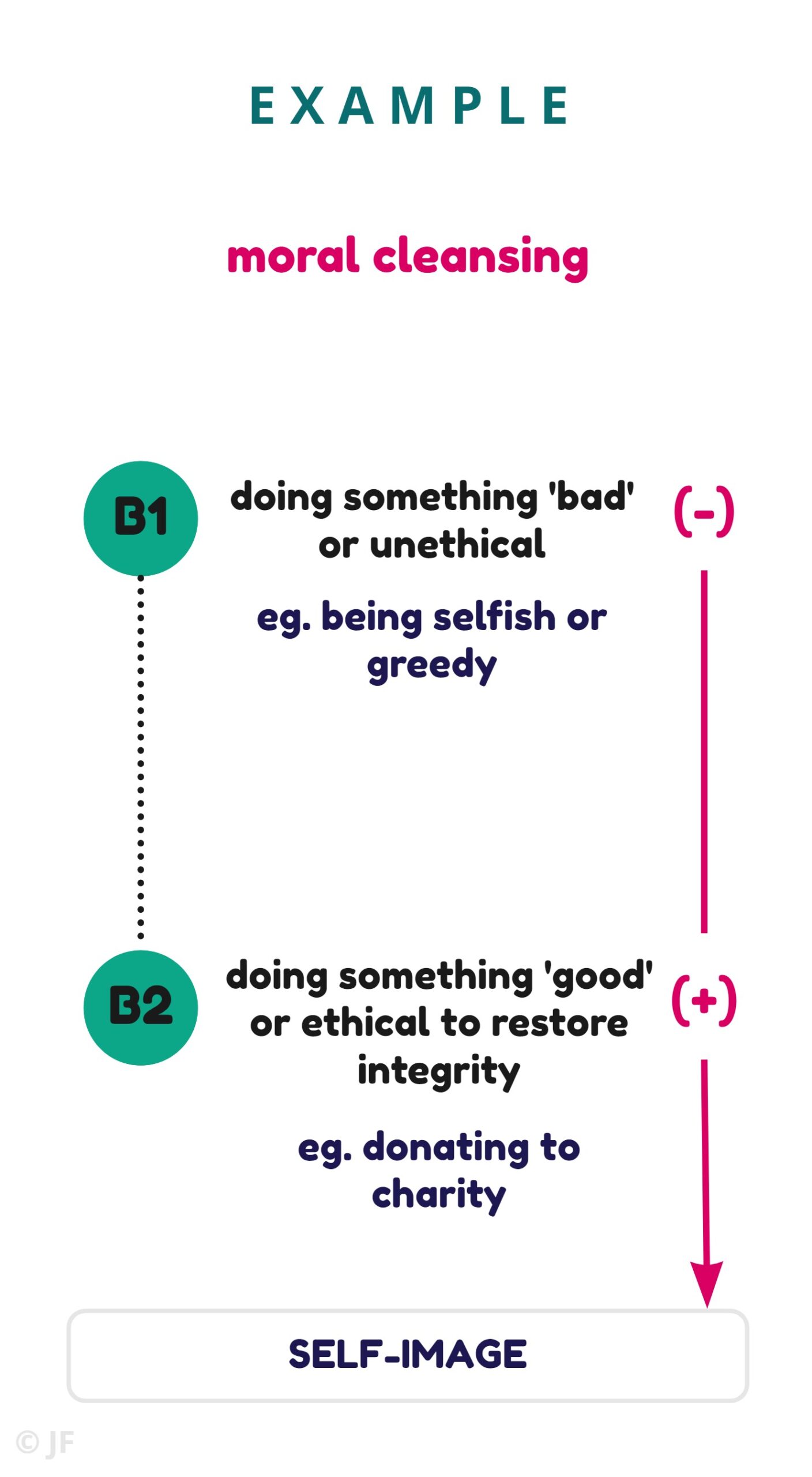
3 Take-aways
n°1 Behaviours don’t work in isolation. Even though a behavioural intervention may target a specific behaviour, it often has unintended, indirect effects on additional, related behaviours.
Getting this idea right from the outset, means we’d be able to kill two birds with one stone: not just changing one behaviour at a time but promoting a bigger set of behaviour changes.
Realistically, that’s what is needed to tackle many pressing social issues from lifestyle diseases to climate change.
But, it entails that policy interventions account for dynamism between behaviours, examine psychological mechanisms at play and shift their focus from small scale changes to whole lifestyle changes.
n°2 Anticipating possible negative spillovers is crucial for designing an effective intervention.
Otherwise the intervention may just backfire and have unintended offsetting or rebound effects.
For instance, if an intervention successfully increased purchases of carbon offsets but at the same time gave people a ‘moral license’ to fly more often (without feeling bad for it), the net effect on carbon emissions could still be negative.
References
Truelove, H. B., Carrico, A. R., Weber, E. U., Raimi, K. T., and Vandenbergh, M. P. (2014). Positive and negative spillover of pro-environmental behavior: an integrative review and theoretical framework. Glob. Environ. Change 29, 127–138.
Xu, L., Zhang, X., and Ling, M. (2018a). Pro-environmental spillover under environmental appeals and monetary incentives: evidence from an intervention study on household waste separation. J. Environ. Psychol. 60, 27–33.